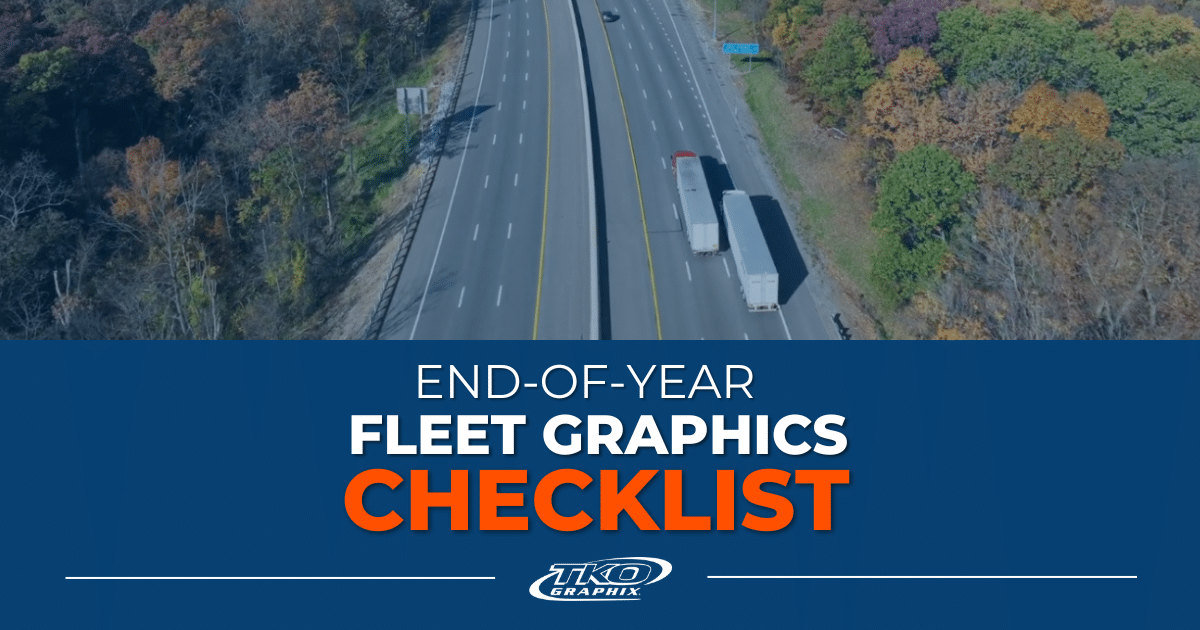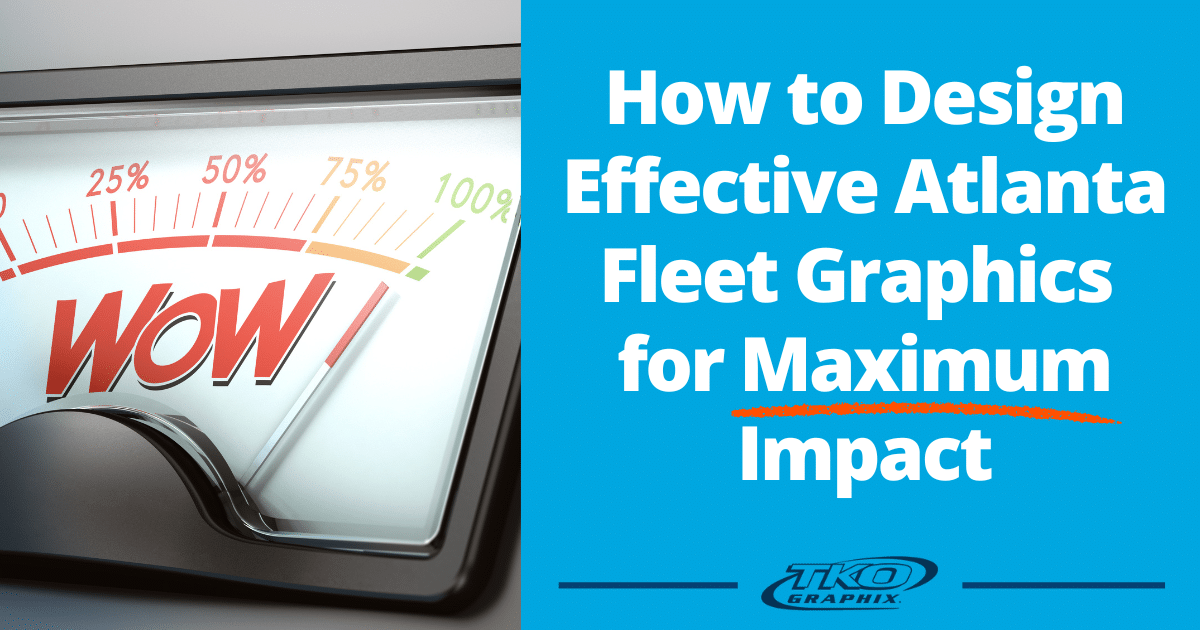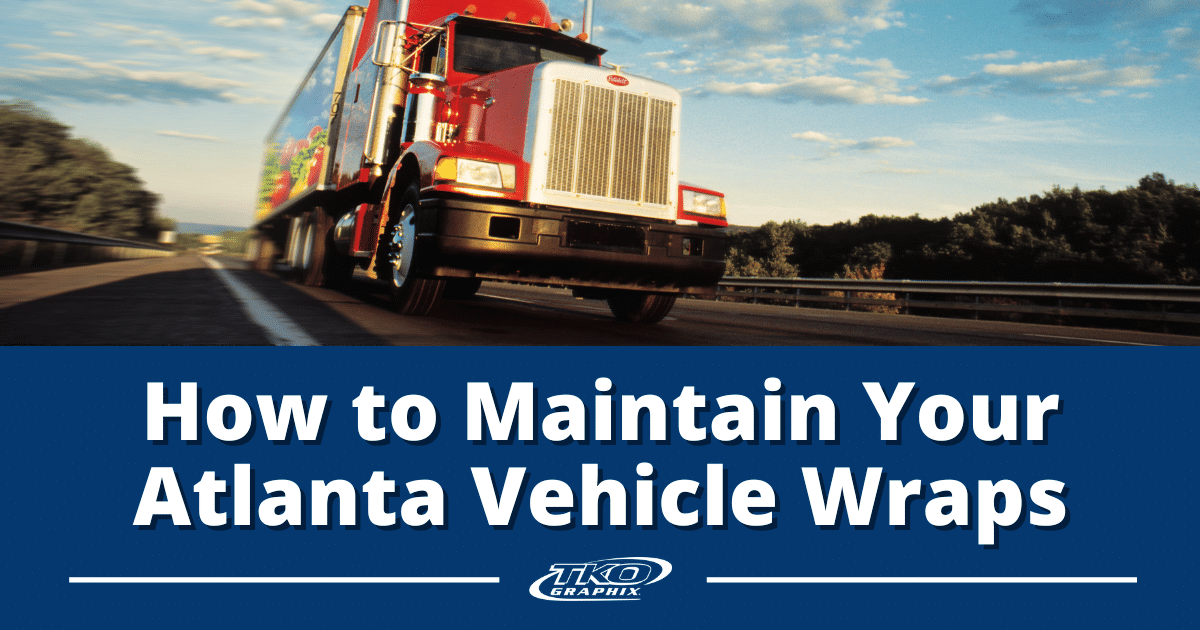So, what’s the number one vehicle graphics installation mistake? It’s improper surface preparation, which is usually incomplete or improper cleaning. It’s often not that someone didn’t try to clean the vehicle before applying adhesive vinyl graphics – it’s that they didn’t follow best practices. And that can lead to graphic failure. Don’t make this vehicle graphics installation mistake.
“The biggest vehicle graphics installation mistake is not prepping the surface,” says Jeff Stadelman. “It’s so important to have a clean surface to put the adhesives down on. That’s definitely the number one error. No matter the substrate glass or paint, and no matter the installation method wet or dry – if you do not clean the substrate properly then you will end up with a contaminated surface that hinders the performance of the adhesive.” — Preparing the surface.
Just because it looks clean doesn’t mean it’s clean enough for adhesive vinyl application.
“In most cases, graphic failure is caused by a misstep in the installation process—and a good portion of those missteps can be traced to insufficient surface prep. Therefore, surface prep is an absolutely vital step in every type of graphic vinyl wrap application.” — Prep before you wrap.
“The surface of any vehicle must be completely cleaned and dried before graphic installation. Surface dirt, grime, solvents, or petroleum product residue can cause the adhesive to fail and the vinyl to bubble or come loose. The surface must be completely clean and dry. It can’t have any grease, oil, or chemicals. Some solvents may be unseen by the naked eye yet will adversely affect how the adhesive vinyl sticks to the substrate.” — How Not to Install Vehicle Graphics Part One
Preparing a surface for vehicle graphic installation doesn’t mean washing the vehicle, it means cleaning it so that no residue, including moisture, remains. So, what are the wrong ways to prep a surface, what are the causes of this vehicle graphics installation mistake?
Common Causes of the Number One Vehicle Graphics Installation Mistake
Ignorance
Too often, installation teams don’t understand that surface prep is more than a soapy washdown. Many times, the newest and greenest members of a team are given the task of cleaning the surface with little more instruction than here’s a bucket, soap, and rag. Not knowing the importance of a residue free, completely clean, dry, and undamaged surface can lead to adhesive vinyl vehicle graphic failure. It’s not a pretty sight.
Hurried work
When installers are hurried by a work schedule, customer, or weather it can lead to incomplete prep, which can lead to problems. “People often want to skip the most basic step,” says Nathan Franzblau, founder of the Professional Decal Application Association, an association of independent certified vinyl installation companies. “If it is a trailer, then some people don’t want to take the time to clean it. If it is raining, then some people don’t want to take the time to dry off the raindrops. But that is a mistake. The materials are designed to work, but they are designed to work under the correct specifications.” — Sign Industry.com — Vinyl Techniques: Preparing the Surface.
Using the wrong cleaning fluid
Not every cleaning fluid is appropriate for surface preparation. For example, people often use ammonia-based cleaners to wipe off glass before applying window graphics. However, ammonia leaves a film on the glass that can cause bubbling in adhesive vinyl.
Cleaning fluids that leave any type of residue such as oils, wax, or chemicals can and will lead to the failure of the graphic. It’s a simple explanation. When the adhesive attaches to material on the surface, rather than the surface itself, it will only adhere as long as residue stays attached to the substrate.
Not removing all residue
Road chemicals, bug parts, oil, tree sap, and pollution all contaminate the surface of a vehicle. Even if you don’t see it, oil, grease, and road debris can ruin an application. Also, dirty or worn out rags leave dirt and lint behind, and unclean tools can be a problem as well. As mentioned earlier, residue includes moisture. Any water or cleaning fluid left on the vehicles surface will cause the adhesive to fail.
How to Properly Prepare the Surface
Properly prepping the surface of a vehicle before applying adhesive vinyl graphics varies by the condition of the substrate and whether the surface is metal, plastic, or glass. Here’s one example for preparing a clean and undamaged surface.
“Standard Method – for lightly soiled surfaces
- The surface to which the films are applied must be completely clean, smooth, and dry before final preparation.
- Remove all dirt and grime with a commercial synthetic detergent solution and warm water (1 ounce per gallon). Avoid detergents with lotions, waxes, creams, or oils.
- Be aware some window cleaners contain ammonia and other chemicals that can stick to the surface. Use of automated car wash facilities requires additional cleaning as some chemicals used in these systems will prevent complete adhesion of the film.
- Interior walls with grease and/or oil present will require special attention to remove contaminants. Prepare a solution of trisodium phosphate and warm water as specified in the manufacturer’s instructions and clean the substrate.
- Thoroughly dry the substrate with a lint-free cloth or paper towel. Allow porous materials to dry completely before application.” — Prepping a Vehicle for Graphics Installation
You Cannot Hide the Truth
So, what if the surface needs more than a good cleaning? What if there’s damage to the exterior? Can the graphics hide the damage? Damage can’t be covered up and hidden by vinyl graphics – it doesn’t work like that. Not only will damage such as dents continue to show, but they may also may cause lack of adhesion.
“There’s a misconception that vehicle graphics, especially a full wrap, can “hide” damage to a vehicle’s body. Minor damage such as fading and very small scratches may be covered and concealed, but not damage. Rust, dents, scrapes, bends, and bows will all show through the graphics and cause problems.” — FAQ: Can Graphics be applied over body damage?
“Older vehicles that have dents, scratches, rust and other damage may be visible through the wrap. These defects may cause the wrap to look bad. 3M’s warranty only covers vehicles that have an excellent paint to substrate bond. Vehicles with clear coat issues, scratches and dents will need to be sanded and prepped before they are wrapped.” – All about 3M 1080 Vehicle Wrap Film
“I saw a blog post the other day comparing painting a vehicle to wrapping a car or truck. The image on the post showed a severely rusted van being wrapped to look brand new. This is misleading. False promises such as this could give the vehicle graphics industry a bad name. Covering damage with vinyl doesn’t repair the damage; it only hides it for a short time. It won’t be long before the adhesive vinyl will not adhere to the rust. Surface damage should be repaired before applying graphics. Graphics don’t hide dents or adhere to rust.” — How Not to Install Vehicle Graphics
Don’t Make this Vehicle Graphics Installation Mistake
Don’t make this, the most common vehicle graphics installation mistake. Improper surface preparation can ruin a vehicle graphic. Moisture left behind, chemicals, and minuscule particles can all cause the adhesive vinyl to bubble, tear, and separate. And regardless of how well a graphic was designed, printed, and installed it doesn’t hold its value when it’s ripped.
Would you like to learn more about vehicle graphics installation surface preparation for more difficult surface conditions, click here, TKO Graphix — Surface Preparation Prior to Vinyl Graphic Installation.
If you’d like to learn about preparation for substrates other than vehicles click here, Vehicle Graphics Surface Preparation for Various Substrates
If we can be of assistance, let us know. We know how to avoid the biggest vehicle graphic installation mistake. If you have any questions, don’t hesitate to Contact Us.







